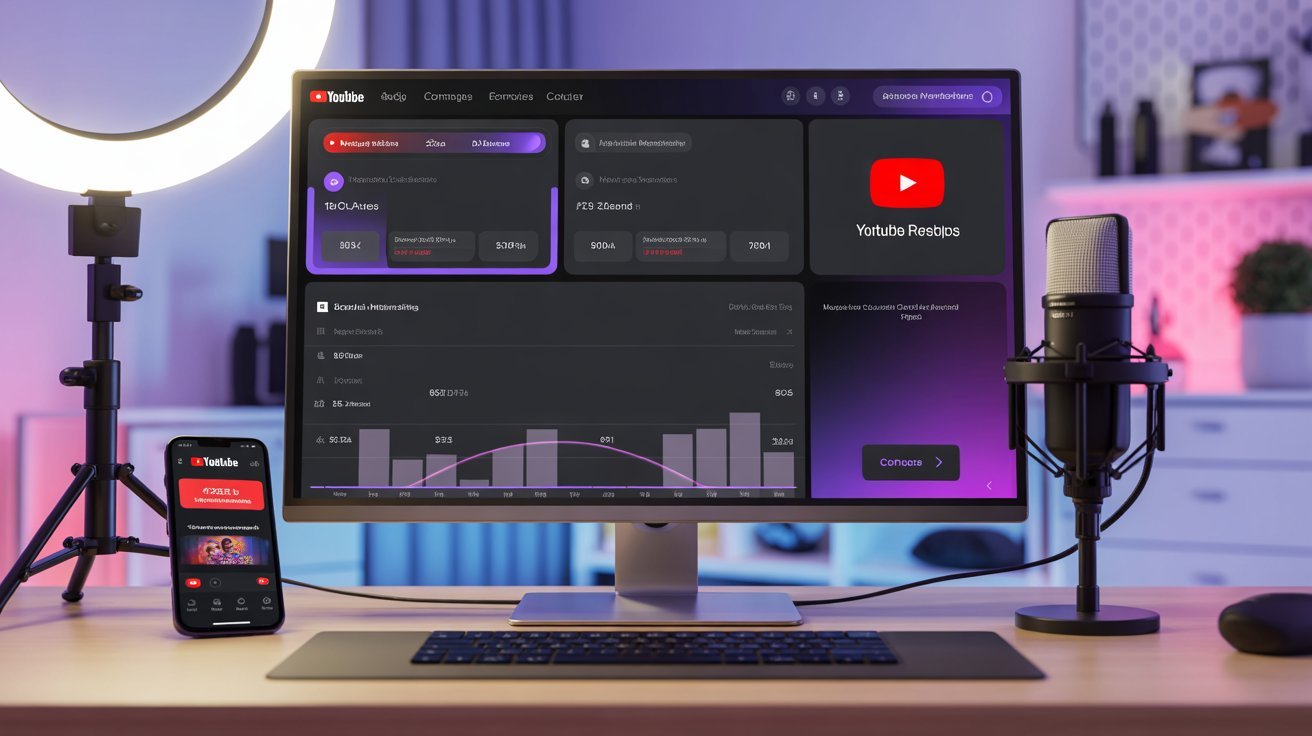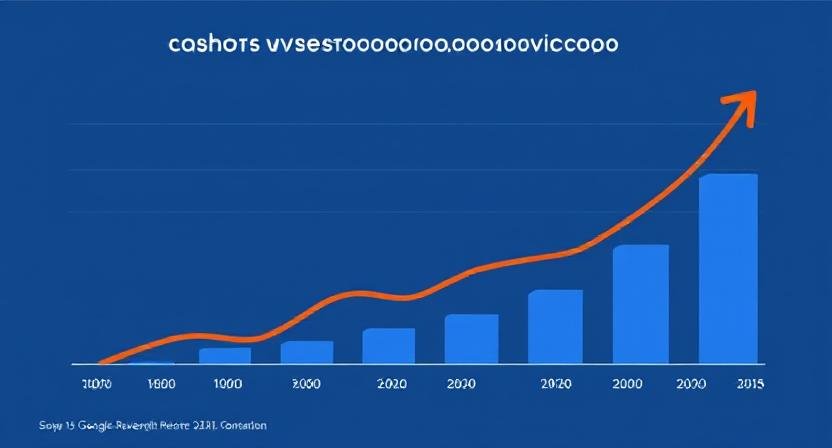YouTube creators often turn to online tools like YouTube AdSense calculators to estimate their potential earnings. These calculators offer a convenient way to forecast revenue based on views and CPM (Cost Per Mille). However, the actual income many creators receive often differs from these projections. Understanding the reasons behind this gap between estimated earnings and real payouts is vital for setting realistic expectations and optimizing your monetization strategy.
This in-depth 2025 guide delves into the differences between YouTube AdSense calculators and real earnings, explains key influencing factors, and provides tips to align your revenue goals with reality.
What Is a YouTube AdSense Calculator?
A YouTube AdSense calculator is an online tool that estimates potential earnings from YouTube videos or channels. It typically requires inputs like:
-
Number of video views or channel views
-
Estimated CPM, either preset or user-input
-
Optional metrics such as CTR (Click-Through Rate) or viewer demographics
The calculator then returns an approximate revenue figure based on these inputs, using generic formulas to gauge income.
How Do YouTube AdSense Calculators Work?
Most calculators use the formula:
Estimated Earnings=(Total Views1000)×CPM×Estimated Monetization Percent
They assume a fixed CPM and an average monetization rate—often a generalized percentage of views actually shown ads.
Why Is There a Difference Between Calculator Estimates and Real Earnings?
Several reasons explain why real earnings deviate from calculator estimates:
-
YouTube’s Revenue Sharing
YouTube takes approximately a 45% commission, so creators receive 55% of total advertiser spend (RPM). Calculators often report gross earnings before this cut. -
Non-Monetized Views
Not all views generate ad impressions due to ad blockers, viewer location (where ads are limited), or niche restrictions. -
Variable CPM Rates
CPM fluctuates widely by viewer geography, niche, time of year, and advertiser demand. Calculators use averages and cannot predict these at the individual level. -
Invalid Traffic Filtering
Google removes earnings from invalid clicks or traffic, reducing actual payouts versus raw impressions predicted by calculators. -
Ad Types and Viewer Behavior
Different ad formats (skippable, bumper, overlay) yield different CPMs. User behavior, such as skipping ads, also impacts revenue. -
Seasonal and Market Changes
Advertiser budgets vary by season, economic climate, and events, affecting CPM independently of views.
Understanding RPM and CPM: Real Earnings vs Estimated Earnings
-
CPM (Cost Per Mille): What advertisers pay per 1000 ad impressions.
-
RPM (Revenue Per Mille): Actual earnings per 1000 views after YouTube’s share and accounting for monetized views only.
Creators should focus on RPM for realistic income expectations, while calculators often cite CPM figures.
Example Illustration
Say a calculator estimates $5 CPM on 100,000 views:
-
Calculator gross estimate = (100,000/1000) × $5 = $500
-
Actual earnings (RPM based) ≈ $500 × 0.55 (YouTube cut) × 0.70 (estimated monetized views) = $192.50
This example shows real payouts can be less than half of simple calculator predictions.
Tips to Close the Gap: Maximizing Real YouTube Earnings
-
Increase viewer engagement and watch time to improve monetization rates.
-
Create content with high CPM niches like tech, finance, or health.
-
Grow your audience in countries with higher advertiser spending.
-
Optimize video length (>8 mins) to enable mid-roll ads.
-
Avoid content practices that lead to limited or no ads.
-
Monitor YouTube Analytics regularly to track RPM and adjust strategies.
Best YouTube AdSense Calculators in 2025
For reference, some popular calculators include:
-
Influencer Marketing Hub YouTube Money Calculator
-
Social Blade Revenue Estimator
-
Vidooly YouTube Revenue Predictor
Use these for rough projections but treat results cautiously.
Real-World Validation: Why YouTube Analytics Is Your Best Tool
Your official YouTube Studio Analytics provides the most accurate revenue reports, showing real CPM, RPM, monetized playbacks, and estimated earnings updated daily. Rely on this data for decisions rather than third-party calculators.
High-Authority Resource for YouTube Monetization
For official, up-to-date information on monetization and revenue calculation, visit YouTube’s Help Center:
YouTube Monetization Policies and Revenue
Conclusion
While YouTube AdSense calculators offer convenience and rough earning estimates, they differ significantly from real YouTube payouts due to factors like revenue sharing, non-monetized views, CPM variability, and invalid traffic filtering. By understanding these differences and concentrating on real metrics such as RPM, creators can set practical income goals and fine-tune strategies to maximize earnings.
Leverage YouTube Studio Analytics for the most accurate insights, focus on quality content and engagement, and treat calculators as general guides, not exact forecasts.











1 thought on “YouTube AdSense Calculator vs Real Earnings: What’s the Difference? An In-Depth Guide for 2025”